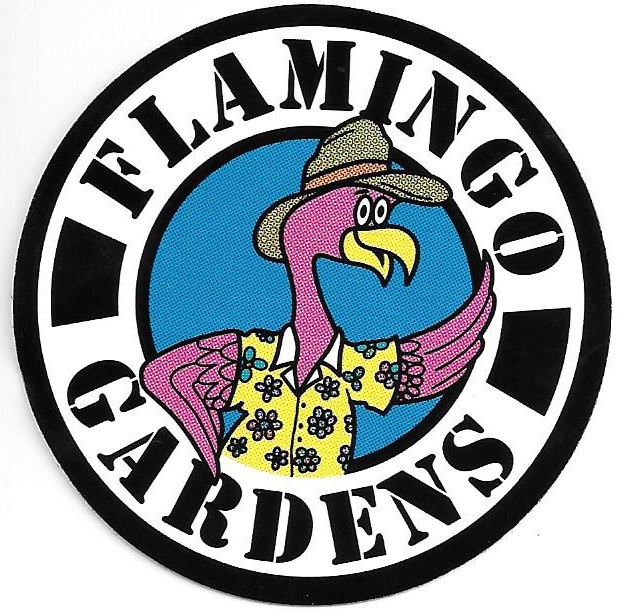YellowBush Daisy
- **Type**: Evergreen shrub (in warm climates) or tender perennial (in cooler zones)
- **Height**: 2 to 4 feet (60 to 120 cm)
- **Width**: 2 to 4 feet (60 to 120 cm)
- **Growth Habit**: Rounded, bushy, compact with dense branching
- **Foliage**:
- Deep green, fern-like leaves, 1 to 3 inches long (2.5 to 7.5 cm)
- Finely divided, slightly leathery, with a soft texture
- Evergreen in frost-free areas; may die back in cold winters
- **Flowers**:
- Bright yellow, daisy-like blooms with a golden center
- 1.5 to 2 inches across (4 to 5 cm)
- Bloom season: Year-round in mild climates; peaks in spring and fall (March to May, September to November) elsewhere
- No significant fragrance, attracts butterflies and bees
- **Fruit**:
- Small, dry achenes (seeds), not ornamentally significant
- **Light**: Full sun (6+ hours daily) for best flowering; tolerates partial shade (4-6 hours)
- **Soil**:
- Well-drained; adapts to sandy, loamy, or poor soils
- Neutral to slightly acidic (pH 6.0 to 7.5)
- **Watering**: Moderate; drought-tolerant once established, water regularly during first year
- **Hardiness**: USDA Zones 8 to 11 (10°F or -12°C; may regrow from roots in Zone 8 with protection)
- **Wildlife**: Attracts butterflies and bees; moderately deer-resistant
- **Care**:
- Prune after major bloom cycles (spring/fall) to shape and encourage bushiness
- Fertilize lightly with a balanced mix (e.g., 10-10-10) in spring
- Deadhead spent flowers to extend bloom period (optional)
- **Pests/Diseases**:
- Generally pest-resistant; may see aphids or whiteflies
- Susceptible to root rot in poorly drained soil
- **Uses**: Borders, mass plantings, containers, rock gardens, or sunny beds
- **Growth Rate**: Fast; reaches mature size in 1-2 seasons
- **Special Features**:
- Native to South Africa; thrives in heat and drought
- Long bloom season and cheerful yellow flowers brighten landscapes
- Low-maintenance and adaptable to coastal conditions
The Bush Daisy’s vibrant yellow blooms and lush foliage make it a hardy, cheerful addition to sunny gardens or containers, offering nearly continuous color with minimal care in the right climate. Let me know if you’d like more growing tips or pairing ideas!
